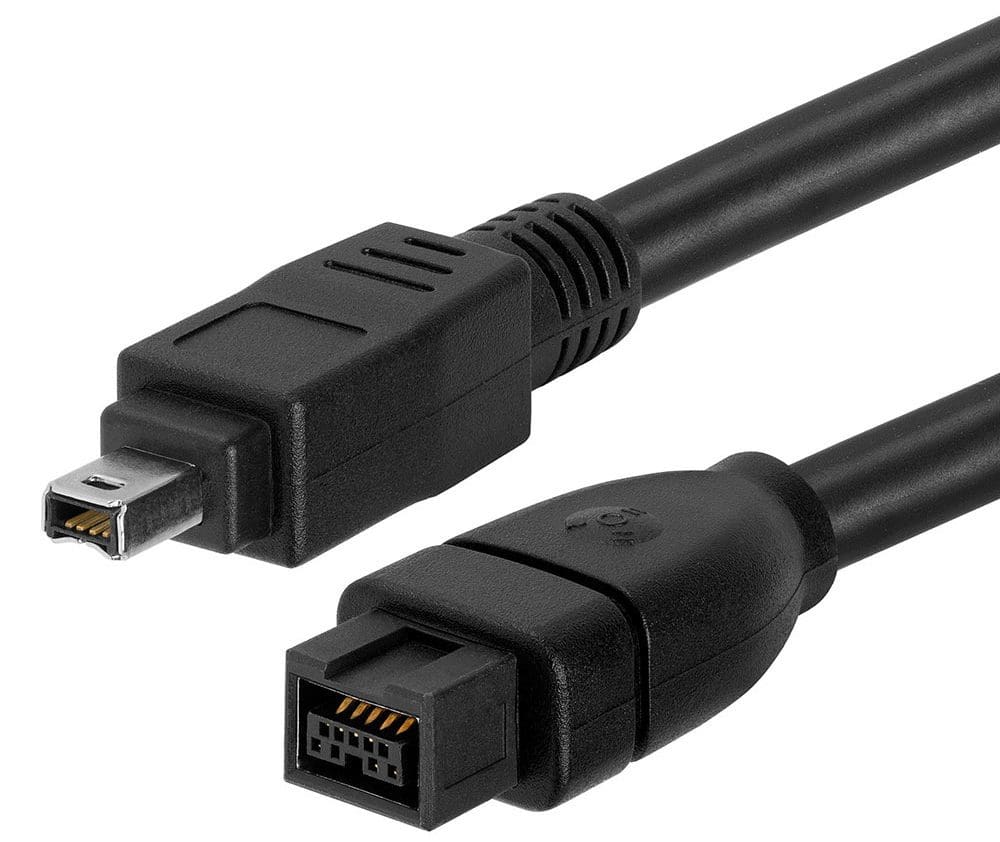Developed in the late 1980s and early 1990s, the IEEE1394 standard was for a high-speed communication interface.
In 1999, it was introduced to the market branded as FireWire by Apple.
The same IEEE1394 standard was also branded as i.LINK by Sony, and Lynx by Texas Instruments.

Copper cable implementations are limited to 4.5 meters or 15 feet in length.
FireWire cables are also available in Cat5E and fibreoptic variants.
However, these saw much lower levels of adoption.
Contents
Adoption
Apple introduced FireWire in its 1997 Macintosh models.
However, the connector wasnt included as standard and needed to be selected as an option.
From 1999 FireWire was generally included as standard on most Macintosh computers.
FireWire was never widely adopted in the rest of the computer industry.
There are two primary reasons for this.
The first reason relates to patents.
The IEEE1394 standard that FireWire is based on has ten patent owners that combined have 261 relevant patents.
The other limiting factor in FireWire adoption was the release of USB.
USB saw market uptake with the release of USB 1.1 in 1998.
Features
One of the advanced features of FireWire was that it allowed full duplex communication.
That is simultaneous bi-directional signaling.
FireWire was also a peer-to-peer system, allowing daisy-chaining or tree topologies.
The physical connector for FireWire evolved over time.
Initially, it used a six-pin connector.
In the six-pin connector, two of the 6 pins were used to transmit power.
Transfer speeds of the original FireWire 400 spec were either 100, 200, or 400MBs half duplex.
Technically the spec was backward compatible with FireWire 400.
The new cable, however, was not backward compatible.
This standard update also increased maximum cable length by adding the ethernet and optical fiber cable options.
However, those were limited to 400MBs full duplex.
Development of the standard continued despite the move to USB already beginning on Apple products.
The only notable user of this standard was a single model of Sony camera.
Replacement
In the market, USB eventually won out with the release of USB 3.0.
Steve Jobs declared FireWire dead in 2008.
Apple released its last computer with FireWire in 2012.
USB and Thunderbolt replaced it on Apple devices, with Thunderbolt being a standard feature by 2014.
Support is still present in modern operating systems.
However, a USB adaptor would be needed if a physical FireWire port isnt present on the intended gadget.